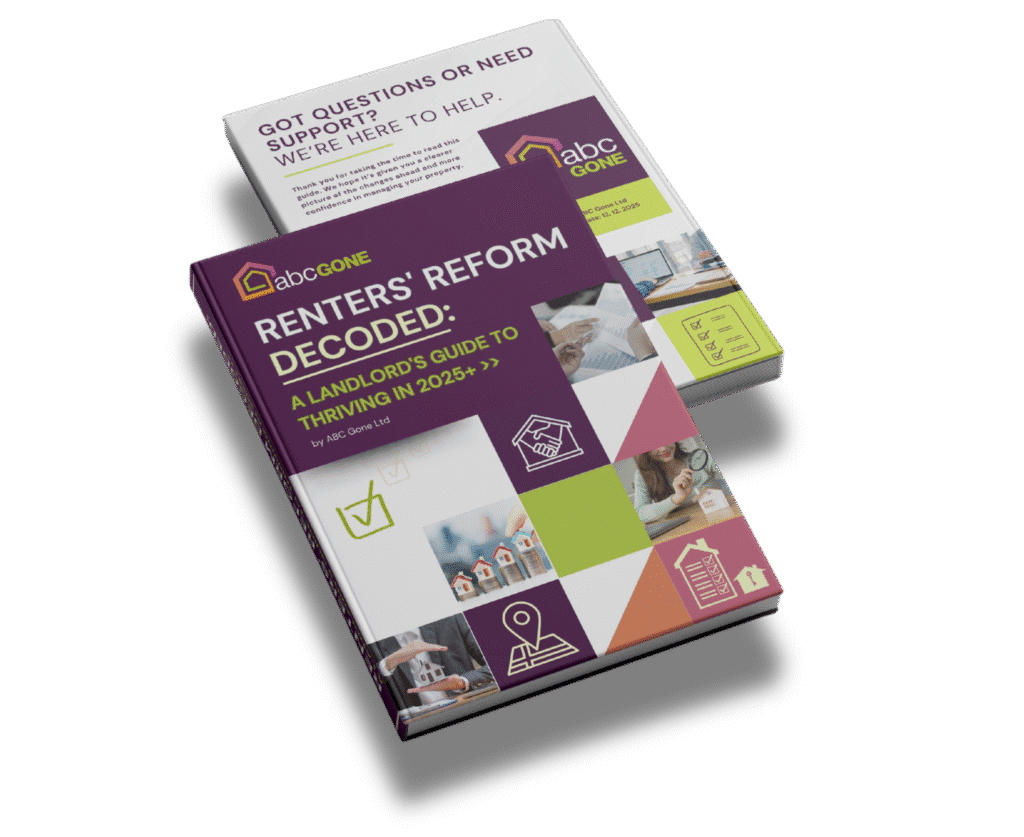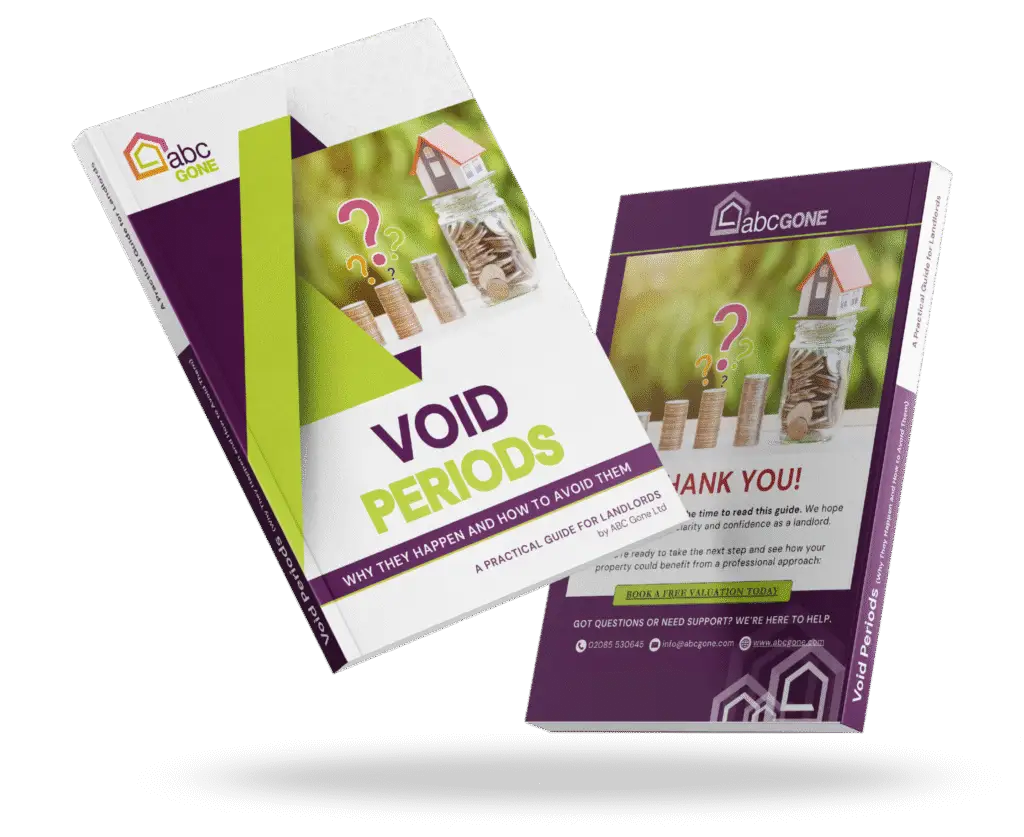When your circumstances change and you move out of your residential home, either to relocate for work or because you move in with someone, one of your options is to rent out your property.
Perhaps you don’t want to sell your property in case you want to move back in at some point, or you like the idea of earning some extra income through rent. If you do decide to rent out your property, you will probably need to change your residential mortgage to a buy-to-let product.
Renting out property can be a successful way to generate a passive income, especially in areas where there is a high demand for rental property. The rental property in Havering is varied and attracts locals who work in the area, as well as London commuters taking advantage of the excellent tube and train links into central London.
The rental market is buoyant and offers landlords in Romford, Hornchurch, Upminster and Rainham healthy yields, in some areas around 6%.
If you are considering earning extra income by renting out your property, our guide covers everything you need to know to switch your mortgage to a buy-to-let.
What Is A Buy-To-Let Mortgage?
Buy-to-let mortgages are for people who intend to rent their property out to others rather than live in it themselves. Most mortgage lenders will require a minimum loan to value of 75%, and your rental income should cover 125% of your monthly mortgage payments.
The reasons why you might choose to rent out your home are varied. You may be moving in with a partner, relocating for work, buying a new house, and looking to keep your existing property as an investment. Whatever your reason, you will probably need to switch to a buy-to-let if you have a residential mortgage on the property.
Do I Need A Buy-To-Let Mortgage To Rent Out My Property?
Changing to a buy-to-let mortgage isn’t your only option – you can also investigate consent to let. If you are temporarily moving away and intend to return to your home, your mortgage lender may grant permission to rent out your home for a limited period. Consent to let is not suitable for extended periods. If you plan to rent out your home with no plan to return in the foreseeable future, you must apply for a buy-to-let mortgage.
Is ‘Consent To Let’ A Worthwhile Option?
Consent to let provides an easier way to rent out your home if you are doing it on a temporary basis. Rather than having to apply for a remortgage to a buy-to-let, and the work that goes with that process, if your current lender provides you with consent to let, this is a quicker and more straightforward option. You will probably save a considerable amount on mortgage interest too, as buy-to-let mortgage rates are higher than most standard residential mortgages.
However, if you are looking to rent out your property on a permanent basis or your mortgage lender does not allow you to rent the property out under the terms of the mortgage, you will need to apply for a buy-to-let mortgage.
Are Buy-To-Let Mortgages Expensive?
Most buy-to-let mortgages are interest-only, and interest rates tend to be higher because the lender sees this type of mortgage as higher risk. Typically, buy-to-let mortgage rates are about 1% more expensive than residential mortgages and some have higher arrangement fees. If you have a large amount of equity in your property, you should be able to find better mortgage deals.

How To Change Your Mortgage To Buy-To-Let
To find out if you can turn your residential property into a source of rental income, follow these steps to start converting from a residential mortgage to a buy-to-let:
1 Check your mortgage terms and conditions
Your first step should be to check the terms and conditions of your mortgage to understand whether there are any penalties or restrictions to renting your property out.
2 Notify your current lender
Contact your lender to explain the situation and ask what the options are. Some lenders allow you to remain on your current mortgage and pay a fee to get consent to let. This is usually only available for a temporary period.
3 Obtain consent to let (if applicable)
If your circumstances mean that you are likely to be moving back into the property in 6 or 12 months, obtaining a consent to let may be possible. When you speak to your lender, ask if they will provide permission for you to let the property out. Most lenders will charge around £100 to £300 to issue a consent to let.
4 Shop around for buy-to-let mortgages
If your circumstances are not suitable for a consent to let or your lender does not offer this, the next step is to shop around for buy-to-let mortgages. Interest rates are generally higher than for standard residential mortgages and you will need to have at least 20-25% equity in the property. You may wish to use a mortgage broker who specialises in buy-to-let properties and have mortgage advisors with expertise in finding the best deals.
5 Prepare financial documents
The buy-to-let lender will require you to provide documents such as proof of income, bank statements and ID documents. To speed the application process up, you should gather these documents in preparation.
6 Get a valuation and rental assessment
Next, you will need to get your property valued and have a rental assessment from a local letting agent. Mortgage lenders will require your rental income to be between 25-45% higher than your mortgage payment. The team at ABC Gone can provide a valuation for your property in or around Romford and advice on the rental income you can expect.
7 Submit the application and receive an offer
Once you have received your valuation and rental assessment and found the right mortgage product, you can submit your buy-to-let mortgage application. Once you receive your offer, the mortgage application typically takes 2-4 weeks to process but it will help if you have all the required documents ready.
8 Complete the legal process
If you are changing lenders, you will require the services of a solicitor to complete the legal documents and transfer the deeds.
9 Set up landlord insurance
As a landlord, you will need to take out adequate insurance cover to protect your property, your tenant and you as a landlord. There are lots of different levels of landlord insurance, so review your options to decide which one is right for you.
10 Notify HMRC
You will also need to notify HMRC that you will be renting your property out, as they will require you to complete tax returns on your rental income.
11 Begin letting your property!
The final step is to start letting your property by finding a tenant and completing the procedures such as providing a tenancy agreement. ABC Gone can help you to find tenants for your property.
How Fast Can You Remortgage As A Buy-To-Let?
You will need to check the terms of your mortgage, as there may be a period of at least six months before you are allowed to switch to a buy-to-let mortgage. Another consideration is whether you will need to pay an early repayment charge if you are taking out a new mortgage deal.
Is It Easy To Switch To A Buy-To-Let Mortgage?
It is relatively straightforward to switch to a buy-to-let, especially if you are staying with the same lender as your residential mortgage. In fact, it is often easier than taking out a new mortgage when purchasing a new home. Also, if you have a good amount of equity in your property, the lender may decide that a valuation is not required.
What Eligibility Criteria Will I Need To Meet?
Even though you’re talking about the same property, because you plan to use it differently, the eligibility criteria will take on a different focus. Mortgage lenders consider buy-to-let a higher risk, so you must meet specific conditions to qualify. The requirements differ between lenders but generally include the following:
Equity
Most mortgage lenders expect you to own at least 25% equity to act as the deposit. They will also weigh up how long you’ve owned the property.
Affordability Checks
Your lender must be confident that you can keep up with your mortgage payments through empty periods between tenancies, unexpected expenses and missed rent payments. You must meet affordability checks to ensure your rental income covers your monthly mortgage payment. Most lenders will require your monthly rent to be at least 125% of your mortgage interest payments.
Credit Score
As with any form of borrowing, your current credit score is an important factor. It will decide if you can take out a buy-to-let agreement, and a better score could also secure a more favourable rate.
Other Income
You must have income from another source separate from your rental income; this could be a permanent job or self-employment. You will need to provide payslips or accounts as evidence. Most lenders will not approve a buy-to-let mortgage if you earn less than £25,000 annually.
Age
All lenders will have a maximum age condition. Usually, you will need to be under 75 years old.
Homeownership
Some lenders require you to own your home, either outright or with a separate residential mortgage.
Switching To Buy-To-Let With A Let-To-Buy Mortgage
Have you considered switching to a let-to-buy mortgage? You can release equity from your former home, which you will be letting out, and use this as the deposit on a new residential property. Your lender will expect you to prove you can cover both mortgages simultaneously. But in general, the criteria are the same as for a buy-to-let.
Frequently Asked Questions
If you are considering converting a residential mortgage to buy to let to rent out your property, check out our frequently asked questions.
Can I Rent Out My Home Without Telling My Mortgage Provider?
You can’t start renting your home without contacting your mortgage provider. Attempting to do so will be considered mortgage fraud, which is taken very seriously. It would lead to many problems, including your lender ending your mortgage agreement.
Can I Live In My Buy-To-Let Property?
Buy-to-let mortgages explicitly state that you can’t live in the property. Even if it used to be your private address before making the switch, this would be treated as mortgage fraud.
Of course, situations change, and there could come a time when you want to move back into your rental. In this case, you’ll need to speak to your buy-to-let mortgage lender about your options for a residential mortgage.
What Insurance Do I Need For A Buy-To-Let Mortgage?
You will have to take out landlord insurance. Landlord insurance is not a legal requirement in the UK, but most buy-to-let lenders expect you to take out a specialist policy. The risks and demands of owning a rental property can differ, and landlord insurance is designed to protect you and your investment.
Are you ready to take a step towards changing your Romford property to buy-to-let? Contact our team at ABC Gone today to discuss your options and what we can offer you as a landlord.





